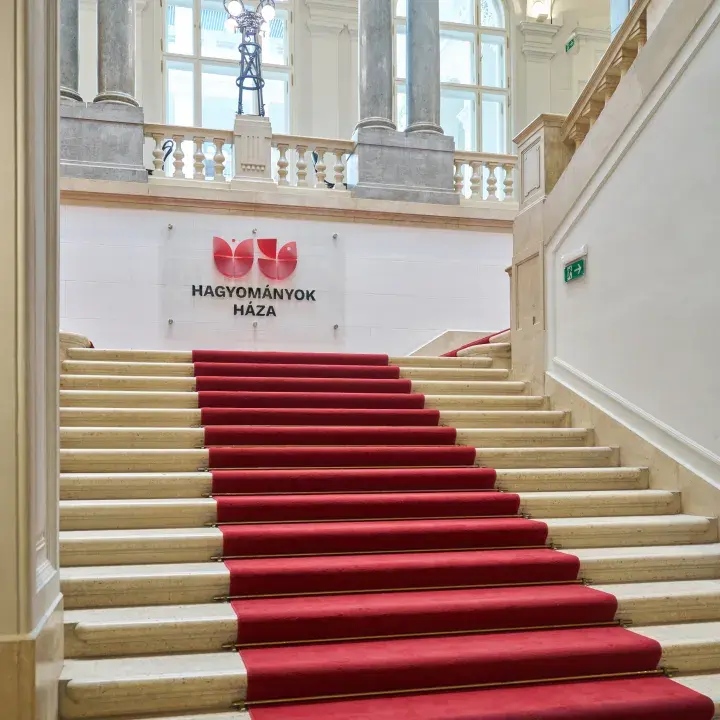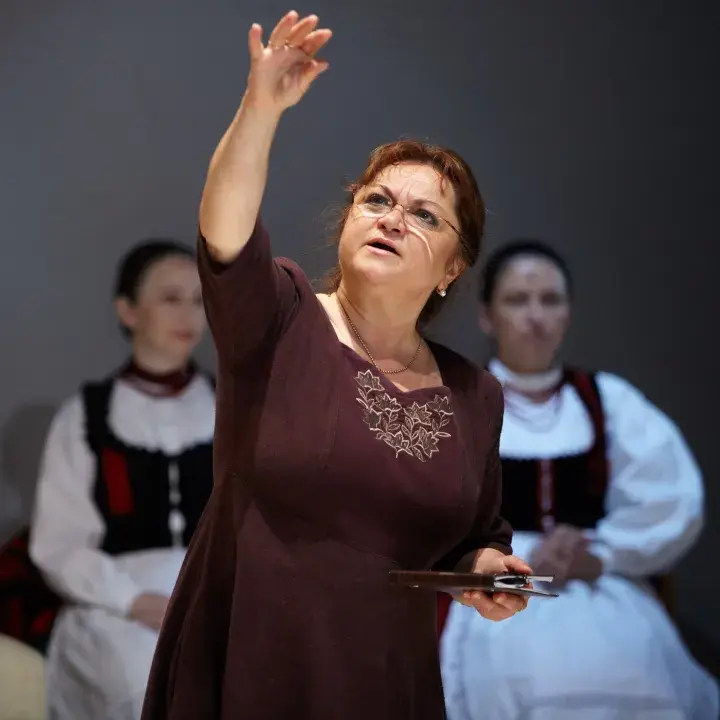The exhibition is an attempt to make visitors familiar with the collection items of the Museum of Hungarian Applied Folk Art interactively in an educational space that mobilises multiple senses and where children, adults and visitors with disabilities can access information experientially. The museum operates as part of the Hungarian Heritage House.
Much of the museum's collections consists of woven fabrics, embroidery, wood- and horn carvings and folk pottery, but a smaller number of laces, dolls dressed in folk costume, basketry and wickerwork, furniture, metalwork, leather products, blue-dye textiles, felt objects, ornamented eggs and items related to the tradition of gingerbread-making can also be found in the collection.
Based on the collections of the museum, the exhibition highlights seven subject areas: gingerbread-making, felt-making, the tradition of pottery craftsmanship, the lifestyle and decorative aspects of pastoralism, embroidery and furniture painting, and children's toys made from natural materials. In earlier times, large fairs that lasted for several days functioned as social meeting points. Farmers would procure the necessary items of everyday use, clothing, and produce at these fairs and also sold their handicraft objects there. As in the hustle and bustle of the old days, visitors can also linger at the exhibition looking around among our handicraft goods. In the different thematic units, exhibited objects and interactive games help visitors learn about the crafts, materials and objects.



